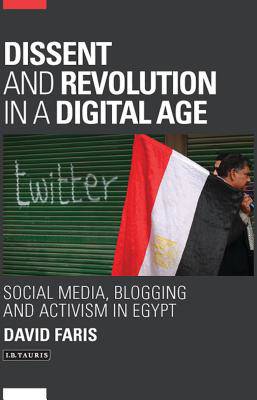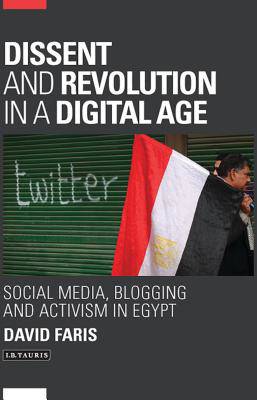
- Afhalen na 1 uur in een winkel met voorraad
- Gratis thuislevering in België vanaf € 30
- Ruim aanbod met 7 miljoen producten
- Afhalen na 1 uur in een winkel met voorraad
- Gratis thuislevering in België vanaf € 30
- Ruim aanbod met 7 miljoen producten
Zoeken
€ 72,95
+ 145 punten
Omschrijving
During the Arab uprisings of early 2011, which saw the overthrow of Zine el-Abadine Ben Ali in Tunisia and Hosni Mubarak in Egypt, the role of digital media and social networking tools was widely reported. This was also recognized by the very authorities fighting against popular pressure for change, and the Egyptian government's attempt to block internet and mobile phone access in January 2011 demonstrated the extent to which it was seen as powerful and potentially subversive tool. What is yet to be examined is the local context that allowed digital media to play this role: Egypt, for example, a history of online activism laid important ground work for the scenes in Tahrir Square. Here, David Faris argues that it was circumstances particular to Egypt, more than the 'spark' from Tunisia, that allowed the revolution to take off: namely blogging and digital activism stretching back into the 1990s, combined with sustained and numerous protest movements and an independent press.
Dissent and Revolution in a Digital Age tracks the rocky path taken by Egyptian bloggers operating in Mubarak's authoritarian regime to illustrate how the state monopoly on information was eroded, making space for dissent and digital activism.
Dissent and Revolution in a Digital Age tracks the rocky path taken by Egyptian bloggers operating in Mubarak's authoritarian regime to illustrate how the state monopoly on information was eroded, making space for dissent and digital activism.
Specificaties
Betrokkenen
- Auteur(s):
- Uitgeverij:
Inhoud
- Aantal bladzijden:
- 288
- Taal:
- Engels
- Reeks:
Eigenschappen
- Productcode (EAN):
- 9781784532079
- Verschijningsdatum:
- 30/08/2015
- Uitvoering:
- Paperback
- Formaat:
- Trade paperback (VS)
- Afmetingen:
- 137 mm x 213 mm
- Gewicht:
- 317 g

Alleen bij Standaard Boekhandel
+ 145 punten op je klantenkaart van Standaard Boekhandel
Beoordelingen
We publiceren alleen reviews die voldoen aan de voorwaarden voor reviews. Bekijk onze voorwaarden voor reviews.








